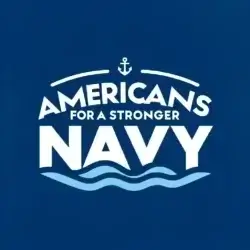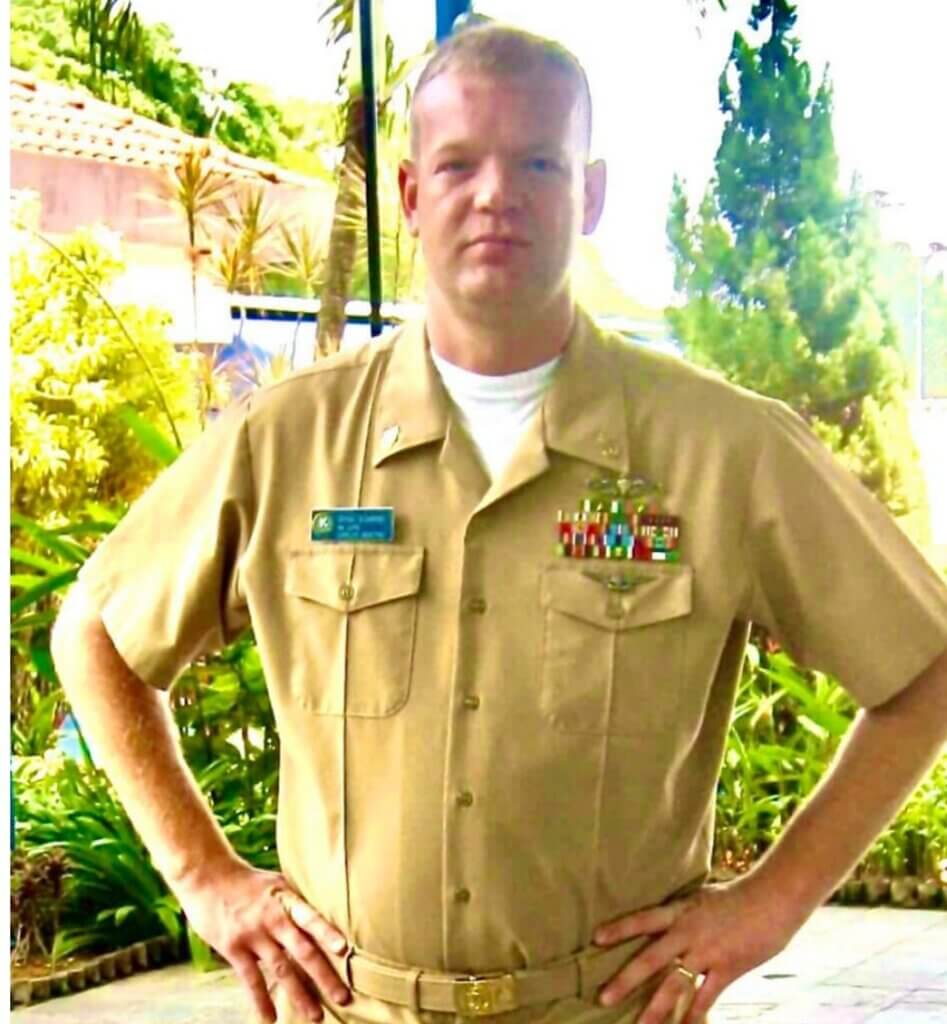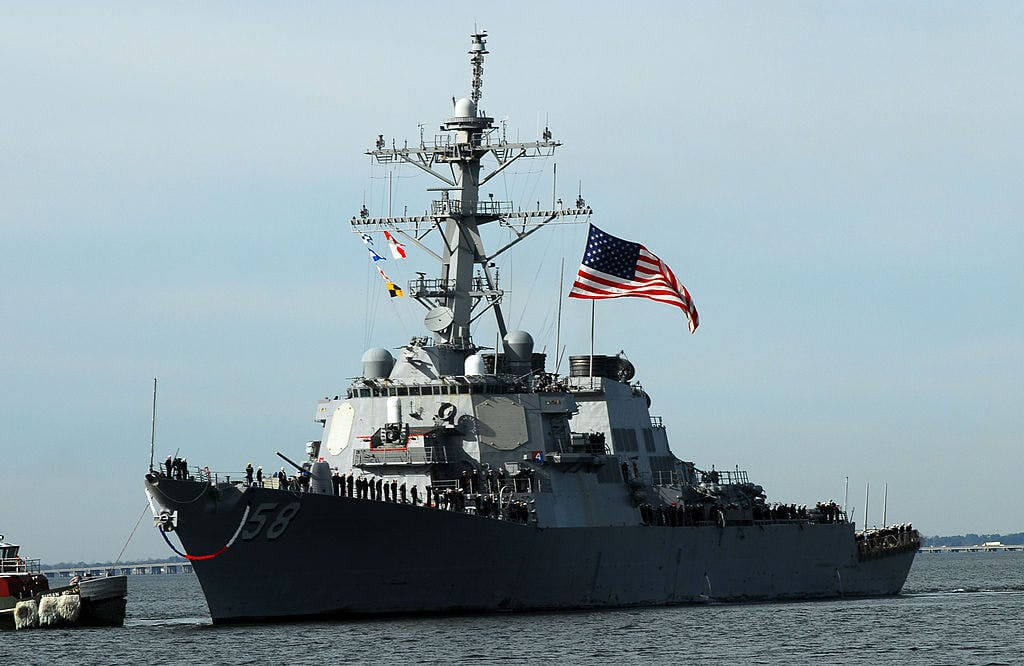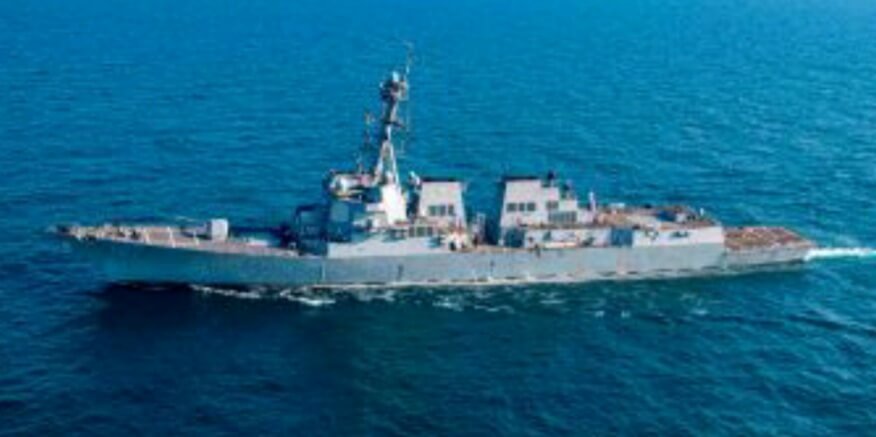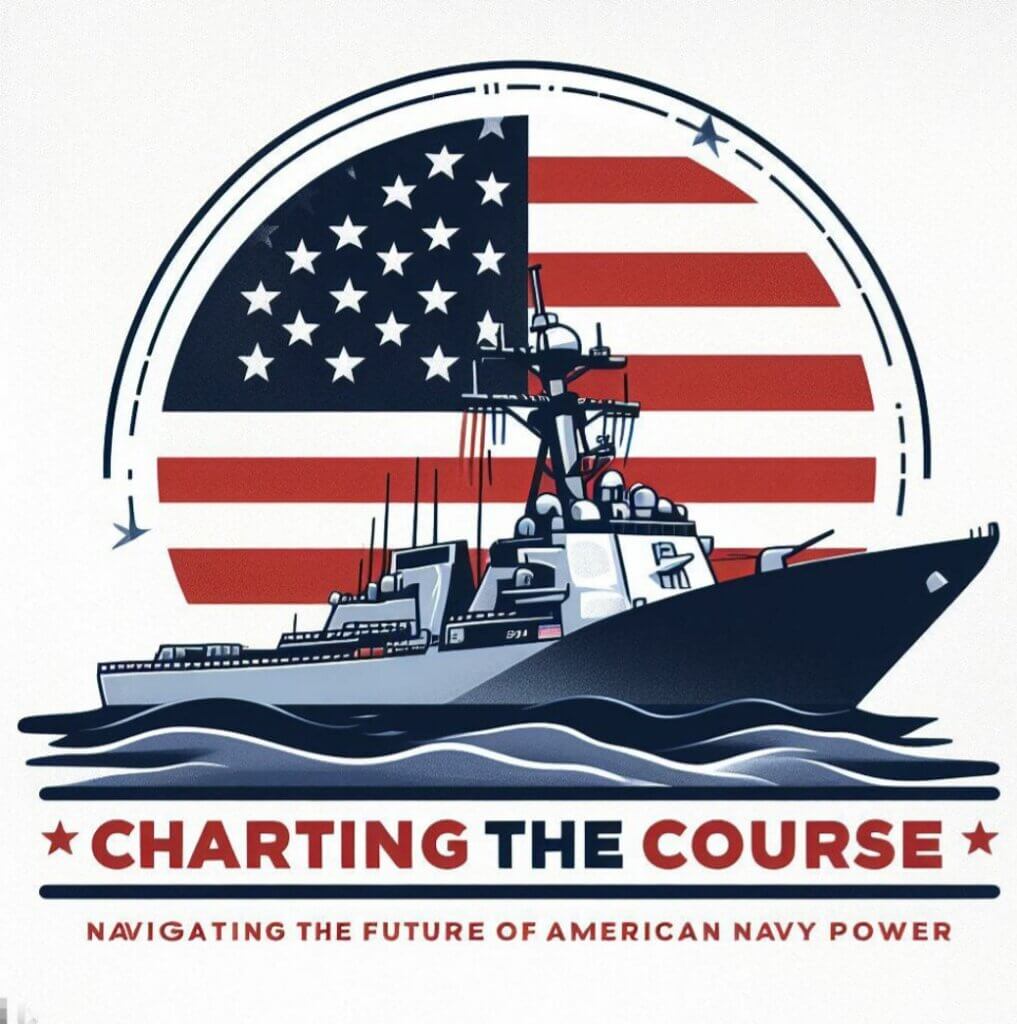
Calling all members, friends, and naval enthusiasts!

The wait is over! All 7 information packef episodes with an historical perspectives and series overview including our very own thought leaders, discussing the top issues prior to our acclaimed series, “Charting the Course: Navigating the future of American naval power.”
All Episodes Available Now! Dive Deep into the Future of Naval Power with “Charting the Course are available for FREE at https://strongernavy.org/category/charting-the-course/.
Please Note: The blogpost in this special category start from the 1st in the series at the bottom of the page and work their way up.
You can bounce around of course, but to get the most out of the series start with the bottom post and work your way up.
Here’s a glimpse into what awaits you:
Embark on a thought-provoking journey as we explore critical topics with renowned experts, delving into the challenges and opportunities shaping the U.S. Navy’s future
Series starts December 7, 2023 scrolll down the page to find: Echoes of History: Steering the Future in Charting the Course: Navigating the Future of American Naval Power – Reflecting on WWII’s Legacy in Current Naval History
Inaugural Discussion: Welcome to Charting the Course: Navigating the Future of American Naval Power’ a podcast series that dives into the past, present, and future of the U.S. Navy and its impact on the world. This is the inaugural discussion of our series with Billl Cullifer, founder for Americans for a Stronger Navy and Dale A. Jenkins, Senior Advisor and Author of Diplomats and Admirals” where we will introduce the main themes, topics and the speakers that we will explore in the coming episodes an eight-week journey that delves into the intricacies of naval power and the pivotal issues shaping our future security and stability
Episode 1: Dr. Steven Wills: Dive into the anatomy of naval strategy and its crucial role in shaping the Navy’s future.
Episode 2: Dr. Bruce Jones: Explore the historical and global significance of maritime power, analyzing its past and present dynamics.
Episode 3: Dr. Sam Tangredi: Journey into the realm of AI and its transformative impact on naval warfare, examining its ethical, legal, and strategic implications.
Episode 4: Dr. Scott Savitz: Navigate the cutting edge with non-lethal weapons and uncrewed platforms, understanding their potential risks and strategic advantages.
Episode 5: Bryan Clark: Venture into the technological horizon of naval warfare, exploring emerging technologies’ integration challenges and strategic impact.
Episode 6: Seth Cropsey: Grapple with contemporary naval challenges, dissecting global rivalries and strategic insights for a comprehensive understanding.
Episode 7: Jon Rennie: Conclude the series with Jon Rennie, focusing on the crucial elements of leadership, culture, and the balance between tradition and modernization within the Navy.
Whether you’re a seasoned naval buff or just starting your exploration, this series offers valuable insights for anyone who cares about the future of American naval power.
Don’t wait! Dive into “Charting the Course” today and share your journey with friends and family. Together, we can chart a course for a secure and prosperous future.
Sincerely,
The Americans for a Stronger Navy Team
P.S. Visit https://strongernavy.org/category/charting-the-course/ for detailed episode descriptions and more information.
Don’t wait! Dive into “Charting the Course” today and share your journey with friends and family. Together, we can chart a course for a secure and prosperous future. Follow the link below and happy watching, reading and listening.
All Episodes Available Now! Dive Deep into the Future of Naval Power with “Charting the Course” Americans for a Stronger Navy Team
P.S. Visit https://strongernavy.org/category/charting-the-course/ for detailed episode descriptions and more information.

